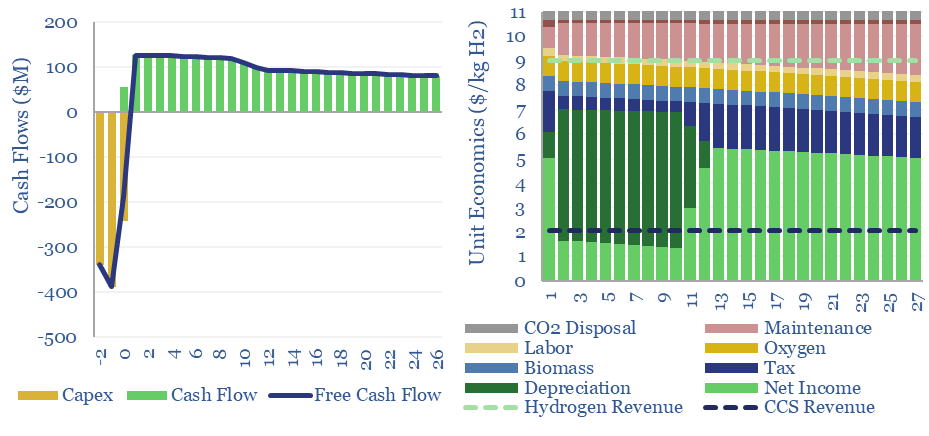
…economies of hydrogen from biomass gasification require $11/kg-e revenues for a 10% IRR on capex of $3,000/Tpa of biomass, or lower, with CO2 disposal incentives. $499.00 – Purchase Checkout Added to cart…
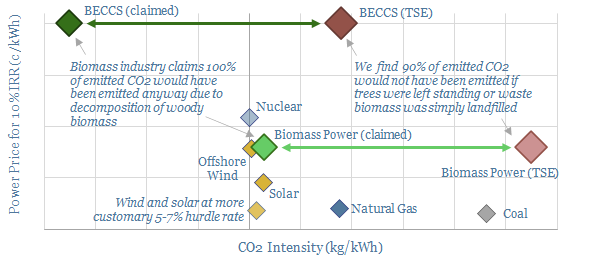
20% of Europe’s renewable electricity currently comes from biomass, mainly wood pellets, burned in facilities such as Drax’s 2.6GW Yorkshire plant. But what are the economics and prospects for biomass…
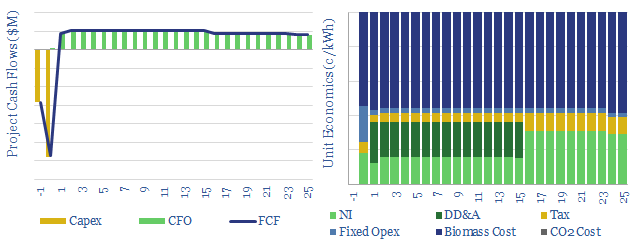
…biomass plant needs a 13c/kWh power price for a 10% IRR. This is pricey, equivalent to a CO2 cost above c$200/ton. Cash operating costs for biomass power are likely around…
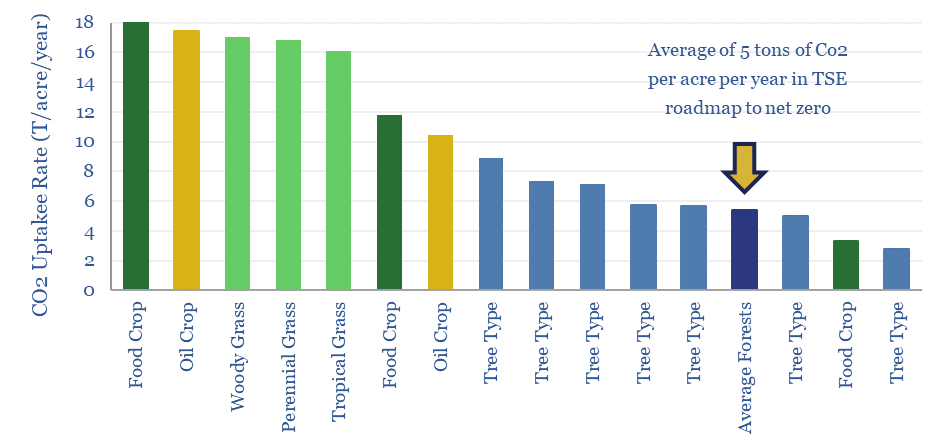
…nature-based solutions. Hence this data-file compiles technical data into CO2 and biomass accumulation by plant species and by tree species, in different regions globally. $599.00 – Purchase Checkout Added to cart Biomass…
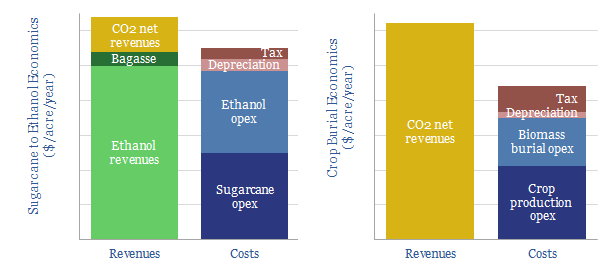
Greater decarbonization at a lower cost is achievable by burying biomass (such as corn or sugarcane) rather than converting it into bio-ethanol. This model captures the economics. Detailed costs are…
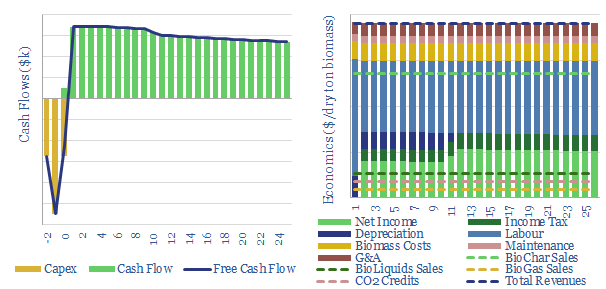
This data-file captures the economics of producing biochar from waste biomass that would otherwise be likely to decompose. Other products are bio-oil and bio-gas, with the mix depending on reactor…
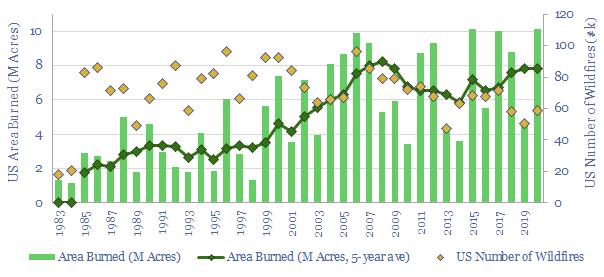
…reconsiders some nature-based solutions to climate change. Hands-off forest conservation may do more harm than good in fire-prone areas. Sustainable forestry, carbon-negative materials, biochar and biomass energy also look more…
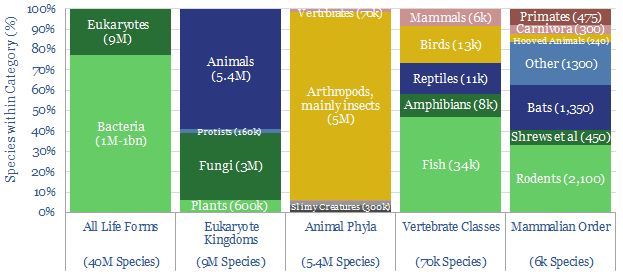
…All animals comprise 0.5% of world biomass. But clearly the largest human impact, in biomass terms, is via deforestation and changing land use, which has released around 1 trn tons…
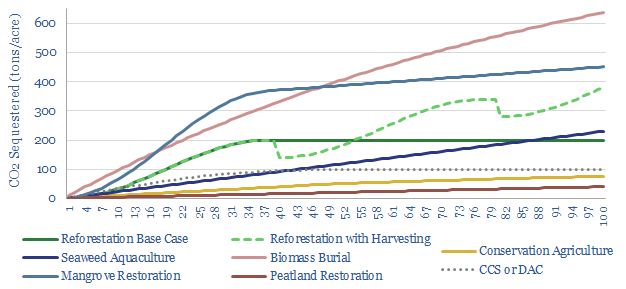
…c40-years, the rate of trees’ growth has approximately halved (data below) while the rate of biomass decomposition will cancel out new carbon uptake. We note our numbers here are on…
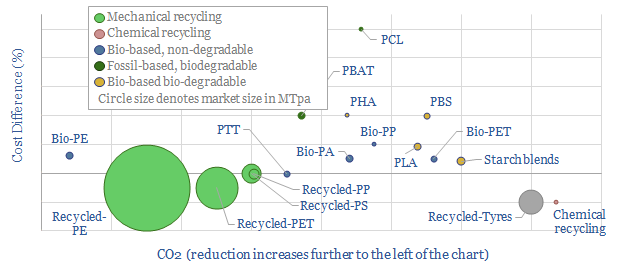
…derived from biomass (but not bio-degradable), 0.3MTpa are bioplastics in the sense that they are biodegradable (but not derived from biomass), and 0.7MTpa are both bio-degradable and bio-plastics. Biodegradable is…










